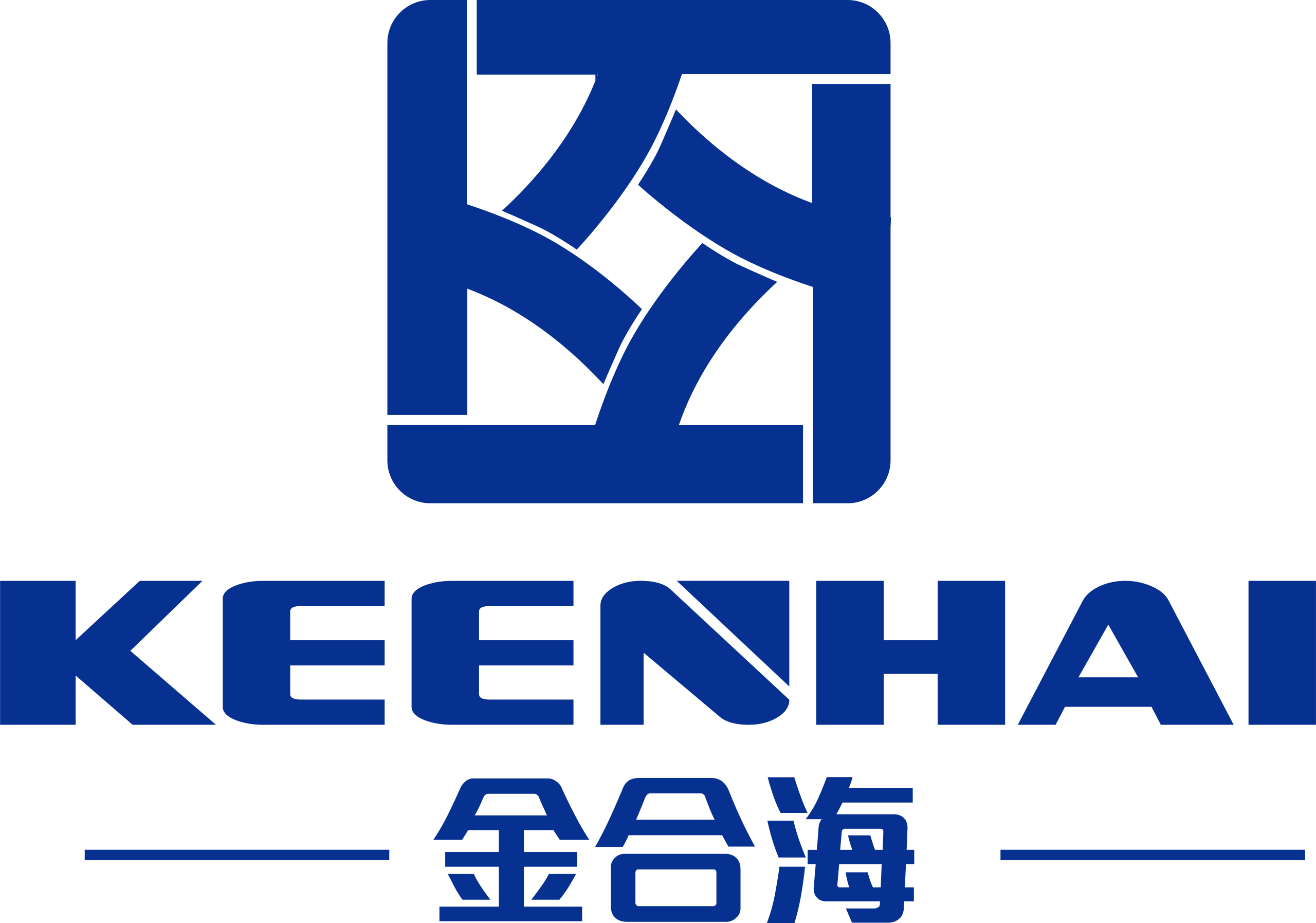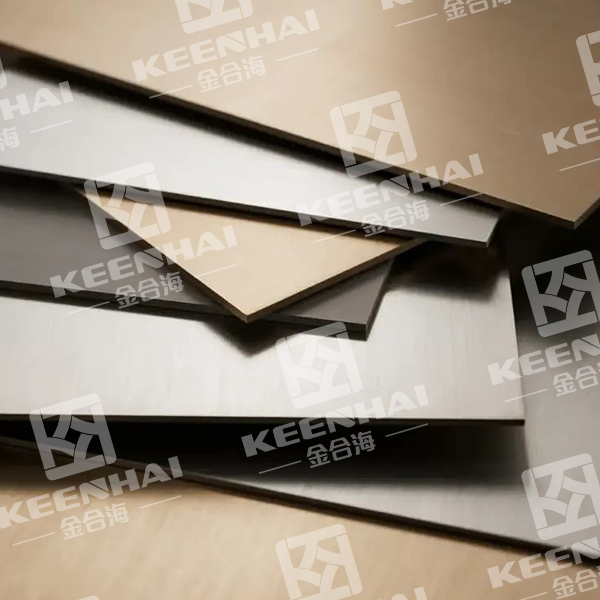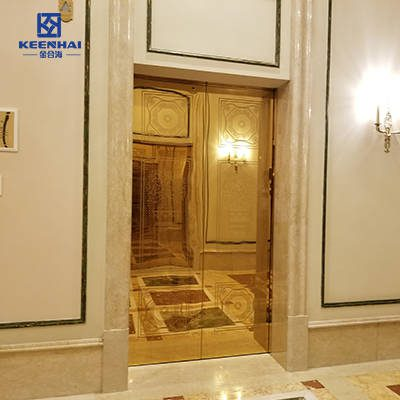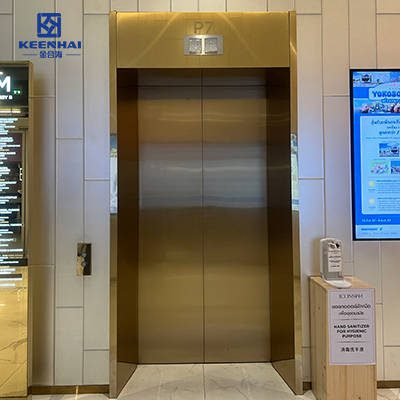If you’re wondering about the difference between Inox i acer inoxidable, the short answer is simple: they are essentially the same material, but the grade and application make all the difference. Inox usually refers to stainless steel in general, while the choice between types like 304 and 316 affects cost, rust resistance, and long-term durability. For kitchens, indoor projects, and areas without harsh exposure, 304 stainless steel is often enough. In marine or outdoor environments, 316 is the smarter option because of its superior corrosion resistance. This guide will break down cost, durability, and real-life uses so you can pick the right grade for your project in 2025.
Què és el material Inox?
Definició de Material Inox
El terme Inox prové de la paraula francesa inoxidable, which translates to “stainless.” Inox material is another name for stainless steel, commonly used in Europe and certain industries like kitchenware and architecture. Thanks to its unique chemical composition, the term emphasizes the material’s ability to resist rust and staining.
Propietats clau del material Inox
El material inoxidable és conegut per la seva excel·lent resistència a la corrosió, atribuïda al contingut de crom (normalment per sobre de 10,5%). Això crea una capa passiva a la superfície, protegint-la de l'oxidació. També es valora per la seva resistència mecànica, durabilitat i acabat polit atractiu visualment, el que el converteix en una opció ideal tant per a aplicacions funcionals com decoratives.
What Is Inox and Stainless Steel?
Inox, short for acier inoxydable, is a high-chromium acer inoxidable alloy that offers superior resistance to rust and staining. It is widely used in high-end applications like kitchen equipment, jewelry, and marine products.
Stainless steel, in general, is a broad category of alloys that includes Inox and other grades. It contains a minimum of 10.5% chromium to prevent corrosion but may vary in nickel, molybdenum, and other alloy content depending on the grade.
| Característica | Inox | Acer inoxidable |
|---|---|---|
| Contingut de crom | Typically 18%+ | 10.5%-18% (varies by grade) |
| Corrosion Resistance | Very high | High |
| Common Uses | Kitchen equipment, jewelry | Construction, automotive, appliances |
All Inox is stainless steel, but not all stainless steel qualifies as Inox. This distinction is important when choosing materials for harsh environments.
Durability and Corrosion Resistance
-
Inox: Extremely resistant to oxidation, ideal for outdoor or high-humidity environments. It rarely rusts and maintains a polished finish over time. In marine environments, Inox 316 is often preferred for its molybdenum content, which improves corrosion resistance against saltwater.
-
Standard Stainless Steel: Durable and corrosion-resistant, but some grades like 304 may show minor surface rust if not maintained. For indoor projects, 304 stainless steel is usually sufficient.
Example: A stainless steel kitchen sink made of 304 grade may last 10–15 years with proper care, while a 316 Inox sink in a coastal home can easily last 20+ years without visible corrosion.

Comparació de material inoxidable i acer inoxidable
Diferències de terminologia
Una de les principals distincions entre el material Inox i l'acer inoxidable rau en la terminologia. Material inoxidable és el terme més utilitzat a Europa i indústries seleccionades, mentre que acer inoxidable és el terme global. Malgrat la diferència de nomenclatura, es refereixen al mateix material.
Similituds de rendiment
Tant si l'anomeneu material Inox com acer inoxidable, el rendiment del material segueix sent constant. Tots dos termes descriuen un aliatge durador i resistent a la corrosió amb aplicacions similars a la construcció, articles per a la llar i indústria.
Variacions en la percepció
The difference in naming can create a perception that they are distinct materials. For example, “Inox” may be seen as a more premium brand in certain regions due to its association with European quality. In reality, the distinction is purely semantic.
Cost Comparison
Material cost is often the first consideration for many projects.
| Material | Average Price per Kg (USD) | Notes |
|---|---|---|
| Inox | 5–8 | Premium, corrosion-resistant |
| Acer inoxidable | 3–6 | Cost-effective, versatile |
-
Inox: Higher upfront cost due to chromium and alloy content, but lower maintenance and longer lifespan often justify the price.
-
Acer inoxidable: More budget-friendly and versatile for most indoor and non-extreme applications.
Real-world ROI: For outdoor stair rails or coastal railings, choosing Inox 316 over standard stainless steel may increase initial cost by 30–50%, but it avoids rust damage and replacement costs over a 15-year span.
Aplicacions clau
Estris de cuina i per a la llar
El material inoxidable és sinònim de qualitat en estris de cuina. És l'opció preferida per a olles, paelles, coberts i aigüeres per la seva resistència a la corrosió, fàcil neteja i estètica polida. La seva superfície no reactiva també el fa segur per a la preparació d'aliments.
Construcció i Disseny
La força de l'acer inoxidable i la resistència a la intempèrie el converteixen en un element bàsic en la construcció. S'utilitza per a marcs estructurals, baranes, façanes i elements decoratius tant en edificis residencials com comercials. L'aspecte elegant i modern de l'acer inoxidable o el material Inox millora els dissenys arquitectònics.
Usos industrials i automoció
En entorns exigents com les plantes industrials o la fabricació d'automòbils, l'acer inoxidable destaca per la seva durabilitat i capacitat de suportar condicions extremes. S'utilitza habitualment en sistemes d'escapament, dipòsits químics i equips marins.
Different Grades of Inox and Stainless Steel
Understanding grades can help fine-tune your choice:
| Grade | Ús típic | Key Advantage |
|---|---|---|
| 304 | Kitchen equipment, appliances | Cost-effective, good corrosion resistance |
| 316 | Marine, outdoor furniture | High corrosion resistance, ideal for harsh environments |
| 430 | Automotive trim, indoor appliances | Magnetic, budget-friendly |
For outdoor, coastal, or high-moisture areas, Inox 316 or equivalent is the safest choice.
Maintenance and Lifespan
-
Inox: Low maintenance. Occasional cleaning with mild detergent keeps it shiny. Extremely resistant to corrosion, scratches, and stains.
-
Acer inoxidable: Requires regular cleaning to prevent surface rust, especially in high-humidity or coastal areas. Abrasive cleaners may damage the protective chromium layer.
Example: A 316 Inox outdoor railing may only need yearly cleaning, while a 304 stainless steel railing might require quarterly maintenance in the same environment.

Common Misconceptions
-
All stainless steel is Inox – Incorrect. Only certain high-chromium stainless steels qualify as Inox.
-
Higher price always means better quality – Not necessarily. Choosing the right grade for your environment is more important.
-
Maintenance is the same for all grades – Inox generally requires less care, while standard stainless steel may need frequent cleaning to prevent rust.
Conclusió
A l'hora de decidir entre Inox i acer inoxidable, consider:
-
Environment: Coastal, marine, or humid areas favor Inox 316.
-
Budget: Stainless steel is sufficient for indoor, less demanding applications.
-
Longevitat: Inox offers longer lifespan and lower long-term maintenance.
By understanding your project requirements, you can choose the material that provides the best combination of durability, performance, and value.
If you’re ready to pick the finish that locks in color and cuts long-term upkeep, see our PVD stainless steel sheet guide.







